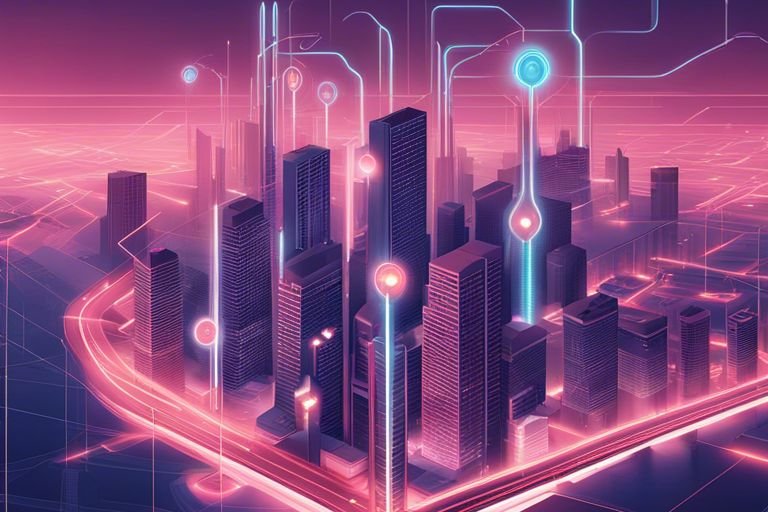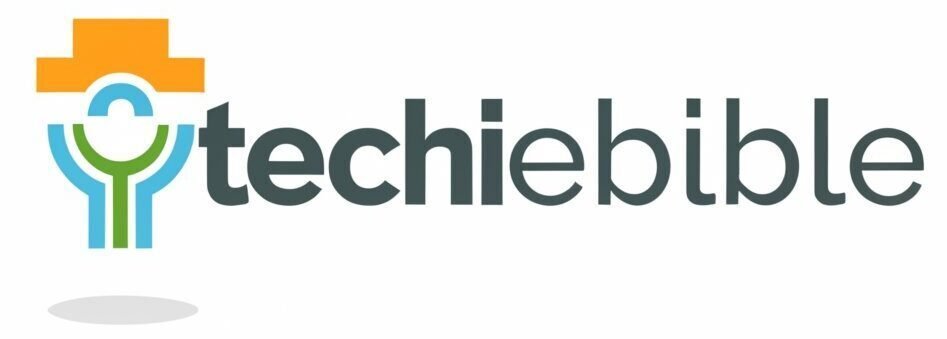If you have been keeping up with the latest technological advancements, you may have come across the integration of Machine Learning with the Internet of Things (IoT). This collaboration of two cutting-edge technologies has the potential to revolutionize the way we interact with our devices and the way they interact with each other. In this blog post, you will gain an understanding of how Machine Learning is being seamlessly integrated into IoT, and how it is shaping the future of technology. Whether you are a tech enthusiast or a professional in the industry, this post will provide you with valuable insights into this exciting development. So, let’s delve into the world of Machine Learning and IoT, and explore the possibilities that await us.
Core Integration Principles
Before delving into the specific applications of machine learning in IoT, it’s important to understand the core integration principles that govern their collaboration. The integration of machine learning and IoT is driven by the need for real-time decision making, improved efficiency, and enhanced automation. These principles form the foundation for how machine learning algorithms are incorporated into IoT systems.
Data Processing and Analysis
In the integration of machine learning into IoT, data processing and analysis play a critical role. Traditional IoT systems generate vast amounts of raw data from sensors and devices. Machine learning algorithms are used to process this data, identify patterns, and extract valuable insights. By integrating machine learning into IoT, you can leverage advanced analytical techniques to make sense of the data generated by IoT devices. This enables you to achieve real-time data processing and analysis, leading to more informed decision making and improved operational efficiency in your IoT ecosystem.
Enhancing IoT with Predictive Analytics
One of the key benefits of integrating machine learning into IoT is the ability to enhance predictive analytics. By analyzing historical data and identifying patterns, machine learning algorithms can predict future outcomes and trends within an IoT environment. This empowers you to anticipate and mitigate potential issues, optimize resource utilization, and proactively address maintenance needs. By integrating predictive analytics capabilities, you can optimize the performance of your IoT systems and maximize the value of the data generated by IoT devices.
By understanding the core integration principles and leveraging the power of data processing, analysis, and predictive analytics, you can effectively harness the potential of machine learning in IoT to drive innovation and create new opportunities for your business.
Applications and Case Studies
Obviously, the integration of machine learning into IoT has resulted in numerous real-world applications and case studies that highlight its potential. Here are a few examples:
- Case study 1: A smart city project in Barcelona implemented machine learning algorithms to optimize trash collection routes, leading to a 20% reduction in fuel consumption and a significant decrease in vehicle emissions.
- Case study 2: In the healthcare industry, wearable IoT devices equipped with machine learning capabilities have been used to monitor vitals and detect potential health issues, leading to earlier interventions and improved patient outcomes.
- Case study 3: A major automotive manufacturer utilized machine learning algorithms in its IoT-connected production line to predict equipment failures, resulting in a 15% increase in operational efficiency and a reduction in unplanned downtime.
Smart Home Automation
Smart home automation is one of the most prominent areas where machine learning and IoT integration has made a significant impact. From learning your daily routine to adjusting lighting and temperature accordingly, to predicting when household appliances need maintenance, machine learning in IoT devices has revolutionized the way you interact with your home environment.
Industrial IoT Improvements
When it comes to industrial IoT, machine learning plays a crucial role in optimizing operations, predictive maintenance, and quality control. By leveraging machine learning algorithms, industrial IoT devices can analyze vast amounts of data in real-time, identifying patterns and anomalies to improve production efficiency and minimize downtime. You can see significant improvements in your industrial processes, thanks to the integration of machine learning into your IoT infrastructure.
By incorporating machine learning into IoT, you can expect to see a wide array of applications and case studies spanning various industries and domains. The combination of these two technologies has the potential to revolutionize how you interact with your environment and improve operational efficiency across different sectors.
Challenges and Considerations
To fully integrate machine learning into IoT, you need to be mindful of the challenges and considerations that come with this combination. Here are some considerations to keep in mind:
Security and Privacy Concerns
When it comes to integrating machine learning into IoT, one of the main concerns is the security and privacy of the data being collected and analyzed. With the large amount of data being generated by IoT devices, there is a risk of sensitive information being compromised if not properly secured. It is crucial to implement robust security measures to protect the data and ensure the privacy of individuals and organizations involved. Additionally, ensuring compliance with privacy regulations such as GDPR is essential in maintaining the trust of your users and customers.
Managing Complex Data Streams
Another challenge in integrating machine learning into IoT is managing the complex data streams that are generated by IoT devices. With an abundance of data being collected, it can be overwhelming to process and analyze this data effectively. Managing the real-time data streams from IoT devices requires scalable and efficient data processing and storage solutions. You need to consider the infrastructure and technology required to handle the volume, velocity, and variety of data generated by IoT devices, as well as the necessary tools and algorithms for analyzing and extracting valuable insights from this data.

The Future of Machine Learning in IoT
Now that we have seen the current state of machine learning in IoT, let’s take a look at what the future holds for this dynamic combination.
Innovations on the Horizon
One of the most exciting prospects for the future of machine learning in IoT is the potential for innovations that will revolutionize the way we interact with connected devices. As machine learning algorithms continue to advance, we can expect to see improved predictive capabilities, enhanced automation, and more efficient data processing. This will enable IoT devices to become even more intuitive and responsive to your needs, making your everyday life more convenient and seamless.
Potential Impact on Various Industries
The integration of machine learning into IoT is poised to have a profound impact on various industries, from healthcare and manufacturing to transportation and agriculture. By harnessing the power of machine learning in IoT, businesses and organizations will be able to gain valuable insights from the data collected by connected devices, leading to smarter decision-making, improved operational efficiency, and enhanced customer experiences. This could result in significant cost savings and productivity gains across a wide range of sectors, ultimately benefitting you as a consumer or end-user.
Conclusion
Now you understand how machine learning is being integrated into IoT to enhance its capabilities. By leveraging the power of data analysis and pattern recognition, machine learning algorithms are able to make sense of the vast amounts of data generated by IoT devices. This not only enables predictive maintenance and real-time monitoring, but also allows for more intelligent decision-making and automation in various industries. As IoT continues to evolve, the integration of machine learning will play a crucial role in unlocking its full potential. By staying informed and exploring the possibilities of this powerful combination, you can stay ahead in this rapidly advancing technological landscape.
